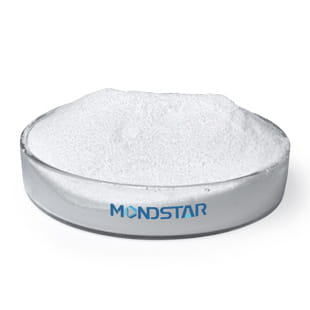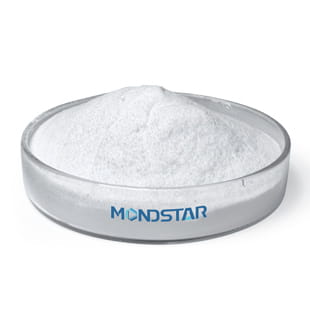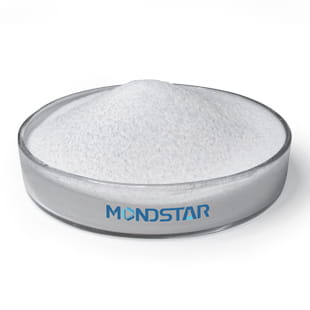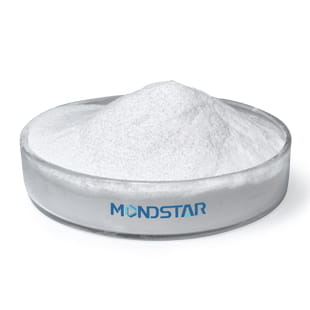Chemical name: Sodium acetate
CAS Number: anhydrous: 127-09-3 ,trihydrate:6131-90-4
EINECS Number:204-823-8
Molecular formula: C2H3NaO2
Molecular weight: anhydrous: 82.03, trihydrate:136.08
Product Standard: FCC/GB
Packaging:
25kg packaging, paper-plastic composite bag lined with high-pressure polyethylene film bag.
Storage Condition: Kept in a light-proof,well-closed, dry and cool place.
Shelf life: 2 years.




